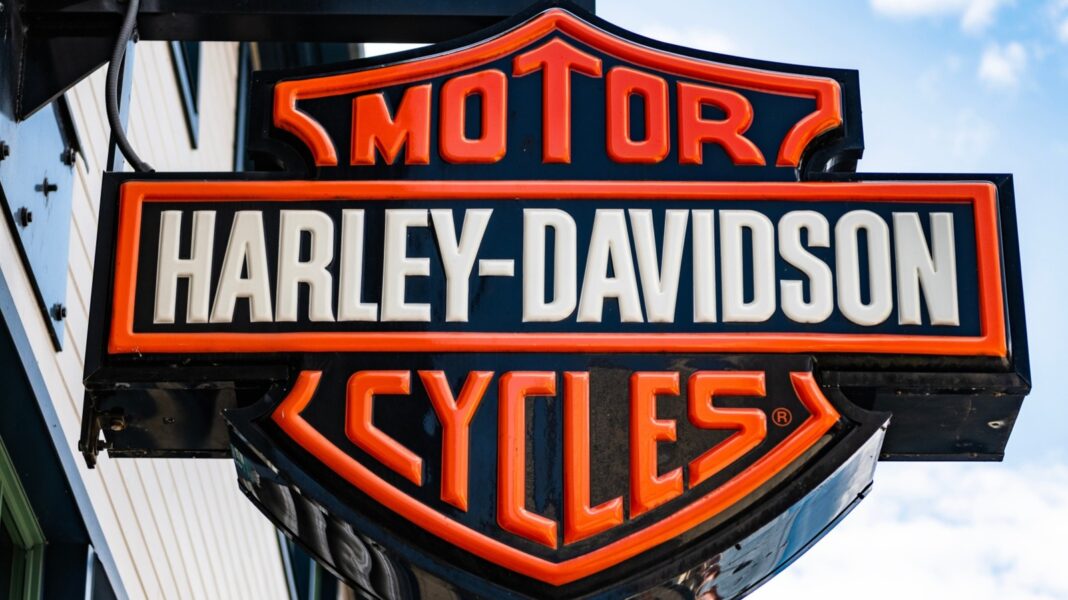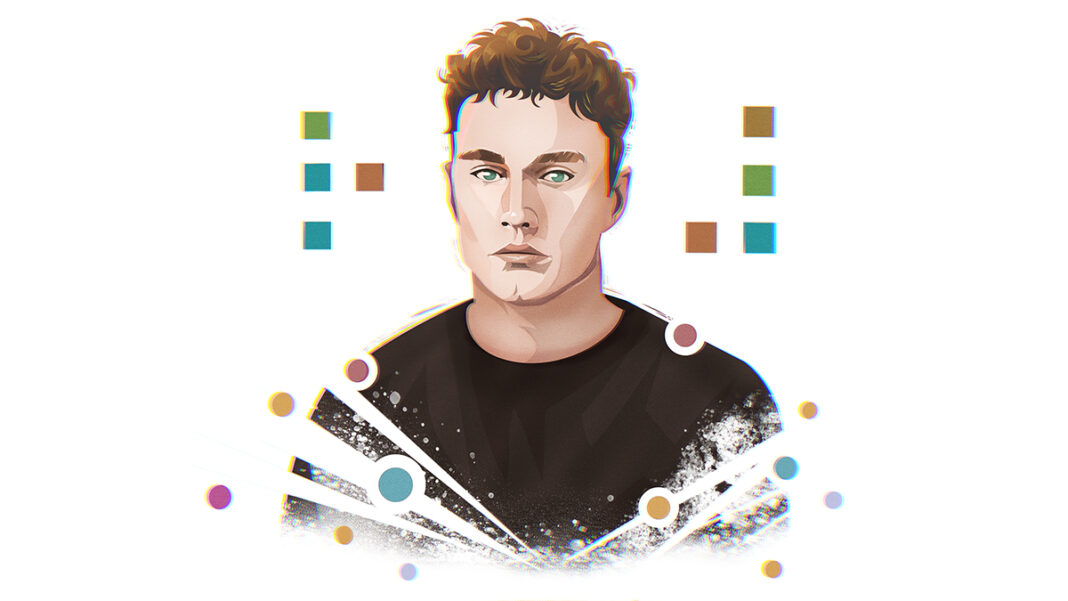Harley-Davidson is arguably the most iconic name in motorcycles, at least in the United States. But the company has owned multiple other motorcycle brands, and each of them has contributed in some way to the company’s growth. Most are no longer owned by Harley-Davidson — LiveWire is the only one still under its umbrella — but they all left their mark.
In 1960, Harley-Davidson bought a 50% stake in Aermacchi’s motorcycle division, hoping this would help it compete in the small-displacement market. The brand owned 100% of Aermacchi by the mid-1970s, and the team-up resulted in four Grand Prix titles. In 1993, Harley-Davidson wanted to branch out into sport bikes, something customers didn’t really associate with the name. So it bought a minority stake in Buell and gradually bought more and more shares until it owned the motorcycle company outright in 2003.
In an effort to expand into the European market, Harley-Davidson acquired the MV Agusta Group, which was based in Italy, in 2008. This gave the company control of two brands: MV Agusta and Cagiva. This partnership wouldn’t last long, however, as Harley-Davidson made a core shift a couple of years later. Then, in 2019, Harley-Davidson expanded into the EV motorcycle market by creating the LiveWire model. LiveWire was eventually spun out into its own company in 2021, but Harley-Davidson still owns a majority stake.
Harley-Davidson itself was owned by another company, AMF, from 1969 to 1981. This era was not the proudest time in Harley-Davidson’s history. Notably, AMF slashed production costs, which resulted in a reduction in quality at a time when Japanese companies, like Honda, were providing stiff competition with high-performance products. It almost crippled Harley’s future. During this era, the brand picked up nicknames like “Hardly-Ableson” and “Hardly-Ridable” due to customers’ low opinion of its bikes at the time.
Aermacchi
By the 1960s, Harley-Davidson had tried its hand at smaller bikes with 21 cubic inch and 35 cubic inch models. But models like the Sport, S-125, Hummer, and Super 10 had produced less-than-stellar results for the company. Eventually, Harley-Davidson decided it made more sense to buy into a brand that was already producing quality smaller-engine motorcycles. Enter the Italian motorcycle manufacturer, Aermacchi.
Aermacchi had recently built the Aermacchi Ala d’Oro (Gold Wing), a high-performing 250cc four-stroke bike that showed a lot of potential. However, Aeronautica Macchi, the company that owned the brand, wanted to concentrate on the aircraft manufacturing side of its business. So, Harley-Davidson bought a 50% share of Aermacchi in 1960. A year later, the 250cc Aermacchi Harley-Davidson Wisconsin (renamed “Sprint” a short time later) went on sale in the U.S., and Harley owned all of Aermacchi by 1974.
The racing version of the Sprint did very well in competition. Ridden by Walter Villa, the 250cc version won three titles from 1974 to 1976, while the 347cc won one in the 350 class in 1976. The Harley team remained quite competitive in the racing world during the 1970s with Aermacchi bikes. But racing success did not translate to success in production sales. American consumers did not take to the kickstarter being positioned on the left, with the kickstand and gearbox on the right. The bike also did not come with an electric starter until 1973, had no turn signals, and had a four-speed gearbox instead of the promised five. These were all features offered by the top Japanese competitors. In a 1970 test comparing the Sprint with five of its competitors, it was clocked with the slowest performance. Harley ultimately sold Aermacchi to Cagiva in 1978.
Buell Motorcycle Company
By 1993, Harley-Davidson’s innovation had been somewhat stagnant. Its customers never seemed to respond well to the company trying to produce anything other than the big cruisers they were used to. So, the company decided to buy 49% of Buell Motor Corp., a small manufacturer known for its innovations, particularly its state-of-the-art liquid-cooled engine technology. By 2003, Harley owned the entire business, which had been renamed Buell Motorcycle Company.
Harley had hoped Buell could help it get a foothold in the American sport bike market, which was being dominated by Japanese and European manufacturers at the time. Buell would go on to develop impressive sport bikes like the Thunderbolt, but also low-cost, low-maintenance models like the Buell Blast. While its bikes were well-respected and considered by some to be more technically advanced than Harleys, they never really set the world on fire in regard to sales.
Harley-Davidson decided to discontinue the Buell line in 2009 in order to focus more fully on its more profitable core brand. But it didn’t sell Buell, as it felt it had been too closely associated with the Harley-Davidson name by that time. In fact, the company continued to use the Buell Blast as the training motorcycle for the “Rider’s Edge” training program all the way until 2014, when it was replaced at the academy by the Harley-Davidson Street 500.
The original founder of Buell Motorcycle Company, Erik Buell, went on to found Erik Buell Racing and to keep producing and developing the Buell 1125RR racing bike. That company went into receivership in 2015 and was later bought by Bill Melvin in 2020. Melvin revived the Buell Motorcycle Company name, acquiring it from Harley-Davidson, and eventually resurrected the old Buell models.
MV Agusta and Cagiva
In 2008, Harley-Davidson decided it needed to expand its share in the European market. So, it bought the MV Agusta Group, but not just a minority share this time — it acquired total ownership of the group, paying $109 million for a 100% stake in the company. This gave Harley control of two European brands, MV Agusta and Cagiva.
Harley-Davidson wasn’t interested in making any real changes, though. The headquarters stayed in Varese, Italy, and the MV Agusta Group owner and CEO, Claudio Castiglioni, stayed on as chairman. In addition, Massimo Tamburini was kept as head of design. But the partnership was short-lived. Harley-Davidson experienced serious financial difficulties in 2009, with income falling 91% in the second quarter of that year and revenue falling by 27%. Changes needed to be made, and Harley’s solution was to cut costs and concentrate on its core business, the original Harley-Davidson brand. The company conducted mass layoffs and cut production, consolidating some of its test facilities. This would all be a part of its “Delivering Results Through Focus” strategy.
Another part of that strategy was to divest itself of its non-Harley brands, including the MV Agusta group. As we already noted, it was during this same time, in late 2009, that the production of the Buell brand was discontinued. Harley sold MV Agusta back to Castiglioni in 2010. After the sale, Castiglioni appointed his son, Giovanni, president of the company, while retaining the title of honorary president. He died the following year.
LiveWire
In 2014, Harley-Davidson launched Project LiveWire, an initiative to develop an EV line of motorcycles, unveiling its first prototype later that year. Harley-Davidson’s first production electric motorcycle was rolled out in 2019 with the LiveWire name attached. The bike could go from 0 to 60 mph in under 3.5 seconds and produced 100% of its torque from the first twist of the throttle. It had an estimated range of 110 miles on city streets.
As part of its push into the two-wheeled EV market, Harley acquired Stacyc, a manufacturer of e-bikes for kids. Stacyc had been founded in 2016 and was producing its “electric balance bikes” in a 12-inch version and a 16-inch version, targeting riders as young as 3 years old. The power packs were the size of drill batteries and could propel the bikes to speeds of up to 11 mph.
In 2021, Harley-Davidson began a five-year strategy called “The Hardwire,” designed to reinvigorate its business, and an important part of that strategy was titled “Lead in Electric.” In keeping with that angle, Harley turned LiveWire into its own dedicated division, then spun it off into its own company later that year by merging it with AEA-Bridges Impact Corp. Harley retained 74% ownership of the newly formed entity, though, and Stacyc was included as one of its brands.
LiveWire is still in business, with multiple sleek-looking models and improved specs. The LiveWire ONE model has a range of 146 miles and can go from 0 to 60 mph in 3 seconds. All of its models, except for the S2 Del Mar LE, start at around $16,000. The S2 Del Mar LE is slightly more expensive, starting at over $17,000. Stacyc is likewise still around, selling e-bikes for kids, including a couple of Harley-Davidson-branded models.
Did you know that Harley-Davidson owned an RV manufacturer?
Motorcycle sales had taken a downturn in the 1980s, so Harley-Davidson decided to diversify. It had already branched out into manufacturing bombshell casings, engines for military drone aircraft, and computer cables. But in 1986 it acquired Holiday Rambler, one of the world’s largest RV manufacturers at the time. The intention was to bring in an additional source of income, as the RV maker was expected to earn over $270 million that year. This didn’t seem like the wisest move to some, as RV sales, like motorcycle sales, tend to fluctuate as well.
But RVs weren’t all that Holiday Rambler sold. It also made custom conversion trucks, mobile and modular homes, RV parts, custom wood products, and custom injection-molded plastic components. With that much diversification, earnings would not be a problem for Holiday Rambler, and Harley pretty much left the brand alone to do its own thing.
Motorcycle sales picked up again in the 1990s, so Harley once again decided to refocus on its core business. In 1996, it sold Holiday Rambler’s manufacturing operations and ten dealerships to Monaco Coach Corp., a company owned by Navistar, for $50 million. In 2013, Navistar sold Holiday Rambler to the REV Group, then known as Allied Special Vehicles. The brand is still alive, producing Class A motor homes for Navistar.
Harley-Davidson has a storied history, thanks in part to the various brands it has taken under its umbrella. Those brands have enabled the company to win titles in professional motorcycle races, create superbikes, and even briefly expand its presence in the European market. And it’s still involved in making electric motorcycles and e-bikes, but it always comes back to the core brand and making the big cruisers folks love Harley-Davidson for.





